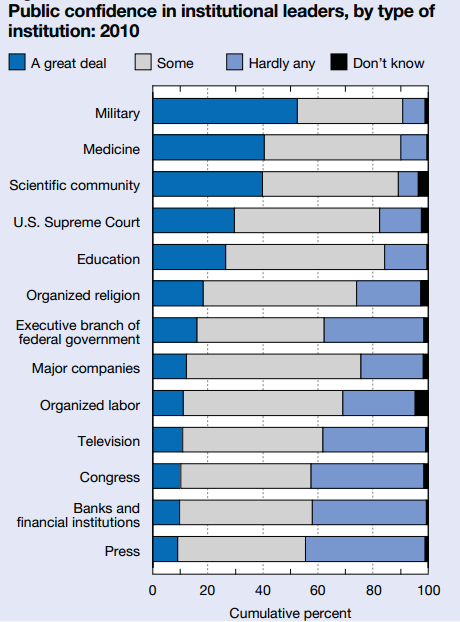Awe Slows Time and Impacts Decision Making
Monday, July 30th, 2012 Awe is a unique psychological state brought on by an emotional response to something we find profound or worthy of reverence. Awe can be positive or negative. A great deed, stunning jewel, massive thunderhead, atomic blast or spiritual moment can invoke awe.
Awe is a unique psychological state brought on by an emotional response to something we find profound or worthy of reverence. Awe can be positive or negative. A great deed, stunning jewel, massive thunderhead, atomic blast or spiritual moment can invoke awe.
New research claims that some of the psychological effects of awe come from it ability to alter our perception of time by slowing it down:
“Across three different experiments, they found that jaw-dropping moments made participants feel like they had more time available and made them more patient, less materialistic, and more willing to volunteer time to help others.”
This is akin to being more mindful or living in the present moment rather than reflecting on the past or anticipating the future. As the researchers point out in the early draft of their paper, “awe offsets our feeling that time is limited.”
Nature is replete with awe inspiring objects and events while there are few in the designed world (e.g. shuttle launch, cathedrals and art). Interested to hear from readers that have examples of human designed artifacts that inspire awe. What makes them work?
Source of Photo: National Geographic





